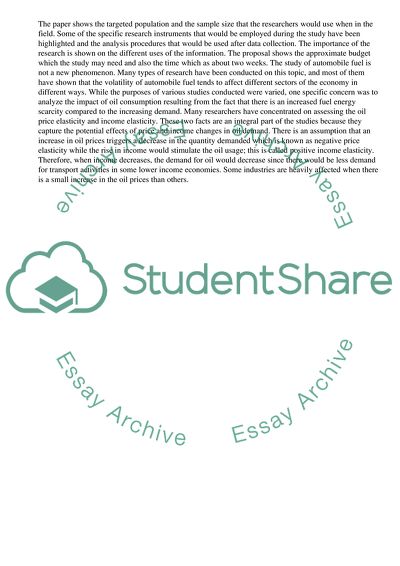Cite this document
(“The Impact of Increasing Oil Prices on Selected Sector/S of Coursework”, n.d.)
The Impact of Increasing Oil Prices on Selected Sector/S of Coursework. Retrieved from https://studentshare.org/management/1670650-evaluation-of-the-impact-of-increasing-oil-prices-on-selected-sectors-of-international-business-or-travel
The Impact of Increasing Oil Prices on Selected Sector/S of Coursework. Retrieved from https://studentshare.org/management/1670650-evaluation-of-the-impact-of-increasing-oil-prices-on-selected-sectors-of-international-business-or-travel
(The Impact of Increasing Oil Prices on Selected Sector/S of Coursework)
The Impact of Increasing Oil Prices on Selected Sector/S of Coursework. https://studentshare.org/management/1670650-evaluation-of-the-impact-of-increasing-oil-prices-on-selected-sectors-of-international-business-or-travel.
The Impact of Increasing Oil Prices on Selected Sector/S of Coursework. https://studentshare.org/management/1670650-evaluation-of-the-impact-of-increasing-oil-prices-on-selected-sectors-of-international-business-or-travel.
“The Impact of Increasing Oil Prices on Selected Sector/S of Coursework”, n.d. https://studentshare.org/management/1670650-evaluation-of-the-impact-of-increasing-oil-prices-on-selected-sectors-of-international-business-or-travel.


